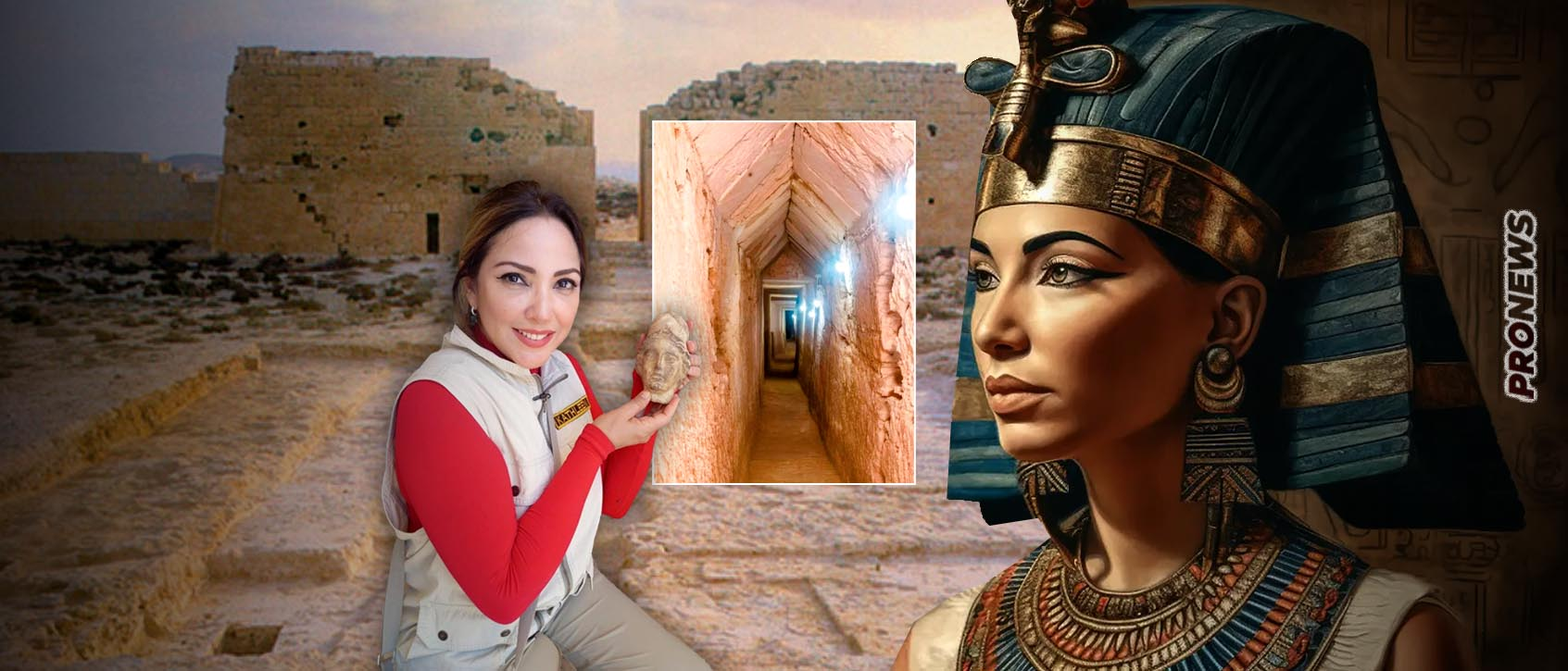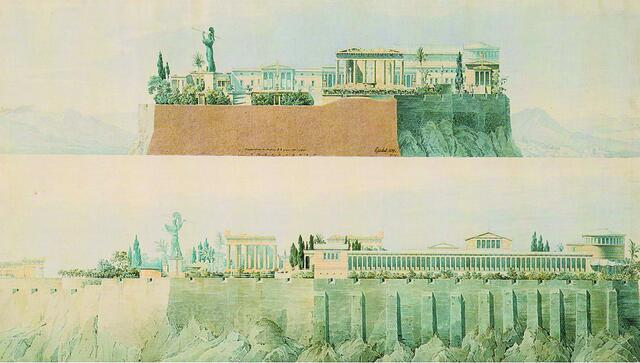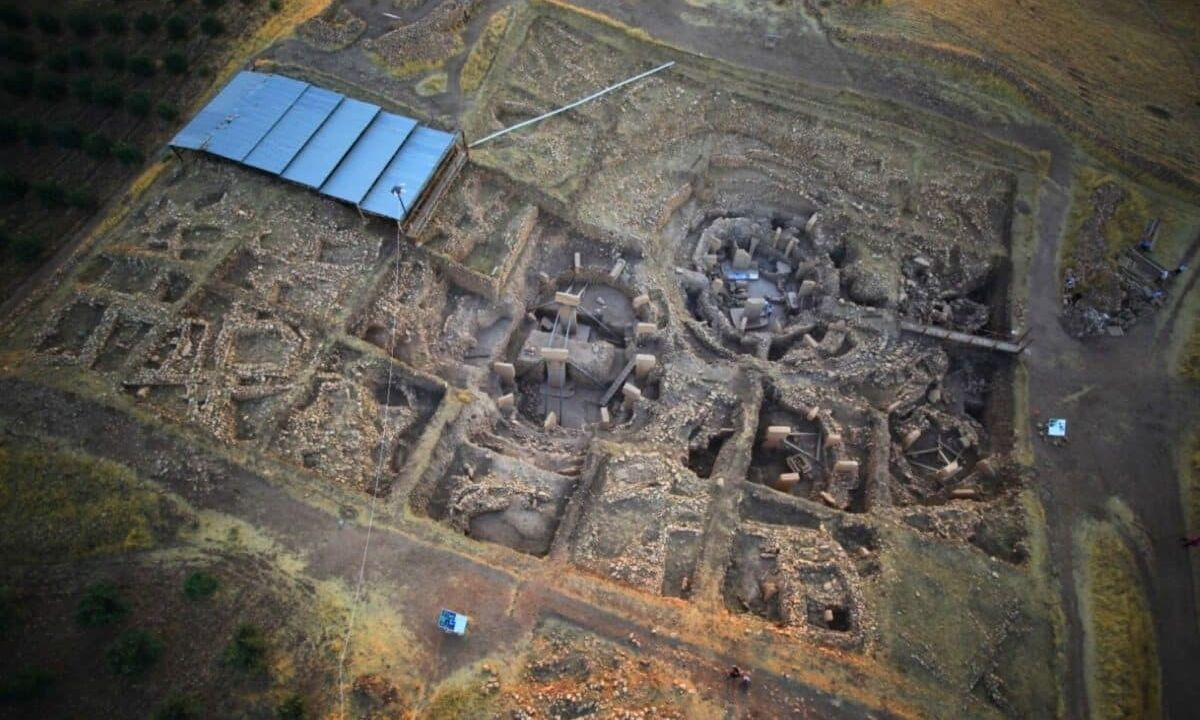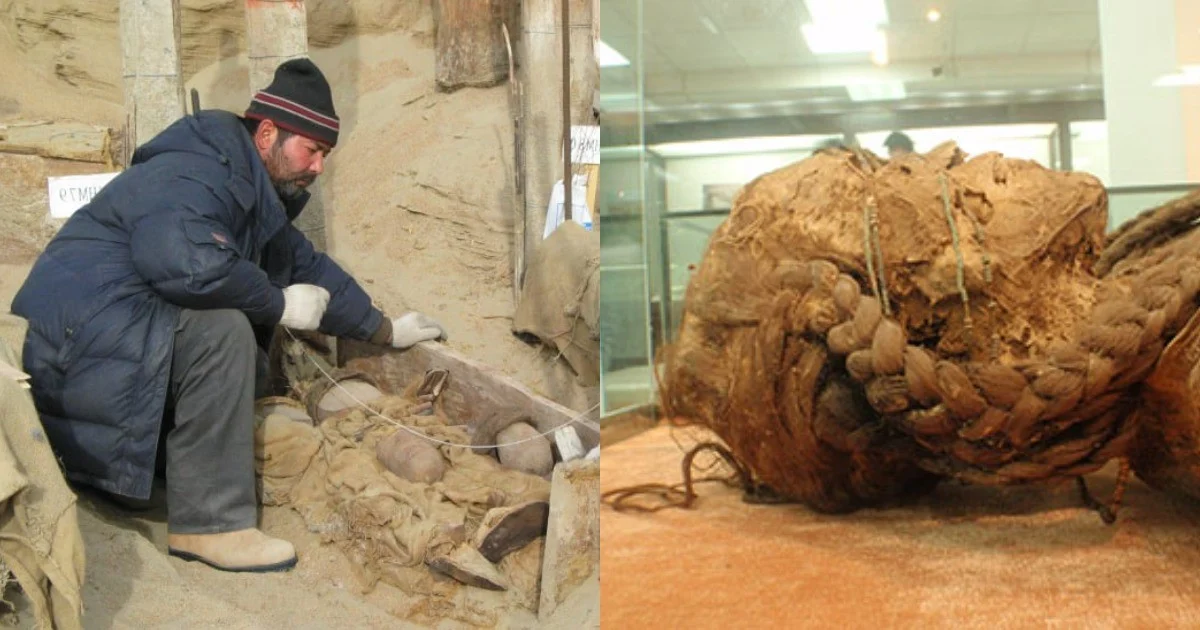Anatomical information about people who lived several centuries ago has been learned through the investigation of Middle Ages bones that were discovered 16 years ago during archaeological excavations in southeast Turkey.
An undated archive photo shows a view from Kortik Tepe mound in Diyarbakır, Türkiye. (AA Photo)
The lower jaw bones of male and female skeletal specimens have different sizes and strengths, researchers at the Kortik Tepe mound in Diyarbakr province discovered after more than two decades of investigations.
According to Vatan Kavak, an anatomy professor at the province's Dicle University, "we observed that, during the Middle Ages, the lower jawbones of men living in Kortik Tepe were strong and powerful, while the lower jawbone of women exhibited less density."
Along with Mara Pilmane of the Riga Stradins University in Latvia, Kavak is one of the academics overseeing the dig site. "We also found that the lower jawbones of men in this region were stronger and sturdier compared to their counterparts in other parts of the world," she continued.
The study looked at the jawbones of 121 people who lived in the Middle Ages close to the Kortik Tepe mound, including 55 women and 66 men. Their remains were loaned for the research conducted in collaboration with the Turkish Ministry of Culture and Tourism and were housed in the Diyarbakr Museum Directorate.
The international journal Translational Research in Anatomy published the study's findings.
Kavak claimed that they looked at the skeletons' jaw structures.
He continued by saying that women's jaw bones were more sensitive, indicating that they were more engaged in "domestic chores and not in hunting and other activities."
He continued, "We noticed that the women of Kortik Tepe were the most delicate when we compared them with the women of other locations.
Men hunted wild animals outside and ate them without cooking at those time, along with ingesting meals made of grains, which strengthened their jaws, he said. "Agriculture had just begun at that point."
Kavak noted that the study's findings were reported in a reputable international journal and suggested that surgeons would find them useful.
He emphasized, "Our work will serve as a roadmap for future aesthetic, implant, and jaw surgeons.







